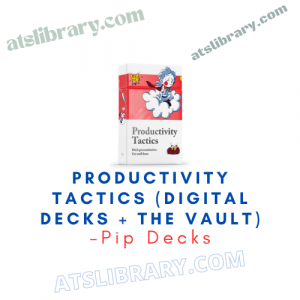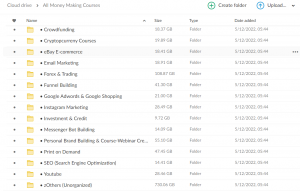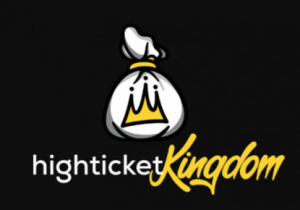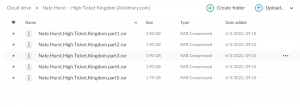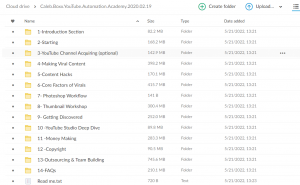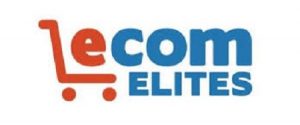Eassy
### Blueprint for a Social Media Marketing Agency Big Essay
#### Introduction
– **Hook**: Present a compelling statistic or fact about the growth and impact of social media marketing.
– **Context**: Briefly explain the significance of social media in today’s business environment.
– **Thesis Statement**: Outline the main focus of the essay – exploring the structure, strategies, and impact of a social media marketing agency.
#### Body
##### Section 1: Overview of Social Media Marketing
– **Definition and Importance**: Define social media marketing and discuss why it is essential for businesses today.
– **Historical Background**: Provide a brief history of social media marketing, highlighting key milestones.
– **Current Trends**: Discuss current trends in social media marketing, such as influencer marketing, video content, and live streaming.
##### Section 2: Structure of a Social Media Marketing Agency
– **Organizational Structure**: Describe the typical organizational structure of a social media marketing agency, including roles such as account managers, content creators, strategists, and analysts.
– **Team Roles and Responsibilities**:
– **Account Managers**: Liaison between clients and the agency.
– **Content Creators**: Responsible for creating engaging and relevant content.
– **Strategists**: Develop and implement marketing strategies.
– **Analysts**: Measure and analyze campaign performance.
– **Tools and Technologies**: List and explain the tools commonly used in social media marketing (e.g., Hootsuite, Buffer, Google Analytics).
##### Section 3: Strategies Employed by Social Media Marketing Agencies
– **Content Strategy**:
– **Content Planning**: The importance of a content calendar.
– **Content Creation**: Types of content (blogs, videos, infographics) and best practices.
– **Content Distribution**: How to effectively distribute content across various platforms.
– **Engagement Strategy**:
– **Community Management**: Building and maintaining a community.
– **Customer Interaction**: Best practices for interacting with customers and handling feedback.
– **Advertising Strategy**:
– **Paid Advertising**: The role of paid ads on social platforms like Facebook, Instagram, and LinkedIn.
– **Ad Targeting**: Techniques for targeting the right audience.
– **Performance Measurement**: Metrics to measure ad performance.
– **Analytics and Reporting**:
– **Tracking Metrics**: Key performance indicators (KPIs) for social media campaigns.
– **Reporting Tools**: Tools used for compiling and analyzing data.
– **Adjusting Strategies**: How data informs strategy adjustments.
##### Section 4: Case Studies and Examples
– **Successful Campaigns**: Highlight successful social media campaigns managed by agencies.
– **Lessons Learned**: Discuss what can be learned from these successful examples.
– **Challenges Faced**: Common challenges faced by social media marketing agencies and how they overcome them.
##### Section 5: The Impact of Social Media Marketing Agencies
– **Business Growth**: How social media marketing contributes to business growth.
– **Brand Awareness**: The role of social media in enhancing brand visibility and reputation.
– **Customer Loyalty**: Strategies for using social media to build and maintain customer loyalty.
##### Section 6: Future of Social Media Marketing Agencies
– **Emerging Technologies**: Impact of AI, AR/VR, and other emerging technologies on social media marketing.
– **Evolving Platforms**: How changing social media platforms influence marketing strategies.
– **Predicted Trends**: Predictions for future trends in social media marketing.
#### Conclusion
– **Summary of Key Points**: Recap the main points discussed in the essay.
– **Final Thoughts**: Reflect on the evolving nature of social media marketing and its significance for businesses.
– **Call to Action**: Encourage businesses to consider partnering with a social media marketing agency to stay competitive in the digital age.
#### References
– **Books and Articles**: List of books, academic papers, and articles referenced in the essay.
– **Online Resources**: Links to relevant websites, blogs, and other online resources.
– **Case Studies**: References to the case studies mentioned in the essay.


 Over 1.000 comments
Over 1.000 comments

